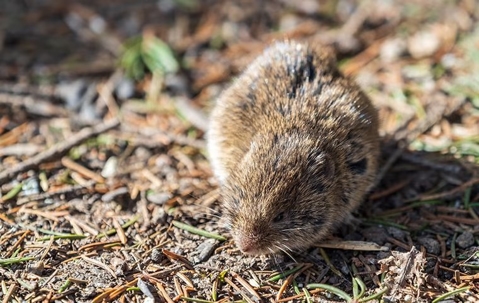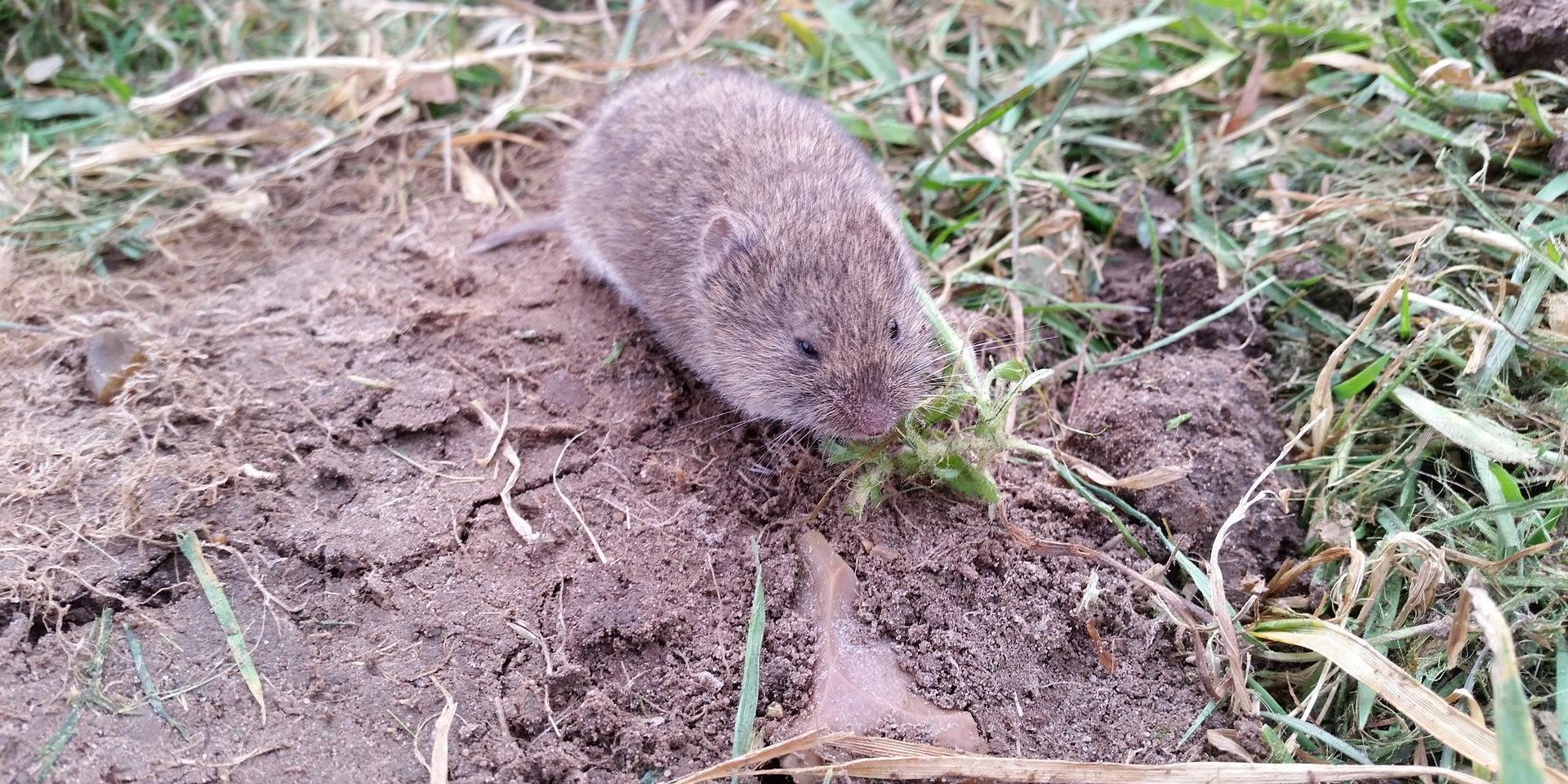Expert Methods for Vole Control and Avoidance
Expert Methods for Vole Control and Avoidance
Blog Article
Understanding Vole Pest Control: Extensive Insights on Invasion Prevention and Treatment Methods
By recognizing the refined indications of vole infestation early on, we can take aggressive steps to prevent prevalent damage. In this conversation, we will discover the nuances of vole behavior, dig into the recognition of invasion indications, and discover the most efficient avoidance and therapy techniques.
Understanding Vole Actions
Analyzing the foraging patterns of voles supplies valuable understandings right into their behavior and habitat choices. By observing their foraging actions, researchers can get a far better understanding of where voles prefer to establish their environments and the extent of their ecological effect.
Research study indicates that voles show careful feeding routines, choosing seeds, bulbs, and roots. This dietary preference influences their foraging patterns, leading them to locations abundant in vegetation and ground cover. Furthermore, voles are understood to create fancy tunnel systems for foraging and nesting functions, suggesting a high level of versatility to their environments.
Comprehending vole behavior is vital for carrying out targeted insect control steps that disrupt their environment choices and foraging activities (vole lawn damage). By examining their habits, specialists can establish more efficient avoidance and therapy methods to manage vole problems

Identifying Signs of Vole Invasion
Vole invasions can be found by acknowledging specific indications of their visibility in an area. Among one of the most common indicators of a vole invasion is the presence of surface area runways. Voles develop networks of slim pathways on the ground that are typically around 2 inches broad. These paths are typically discovered in verdant locations or beneath compost or ground cover where voles can move openly and browse for food.
An additional crucial indicator of vole invasion is the visibility of little burrow openings in the ground. Voles dig superficial burrow systems with multiple entries and exits. These burrows function as sanctuary and nesting sites for the voles. Furthermore, voles are recognized to leave behind chewed plant stems, origins, and bulbs near their burrow openings, suggesting their feeding task in the location.
Finding these droppings along runways or near burrow openings can verify a vole invasion. By being attentive for these indicators, home owners can immediately attend to vole problems and stop more damages.
Applying Aggressive Avoidance Actions

In addition, utilizing a knockout post all-natural vole deterrents like castor oil-based repellents or predator pee can serve as reliable preventive procedures. It is also a good idea to routinely check outdoor areas for any kind of signs of vole activity, such as paths or burrow openings, to deal with possible infestations quickly. vole pest control. By taking on these proactive prevention methods, residential or commercial property owners can dramatically reduce the possibility of vole damages and keep the health and looks of their landscapes
Effective Treatment Approaches
Incorporating targeted trapping techniques and using authorized her explanation rodenticides are crucial parts of effective treatment strategies for managing vole invasions. Trapping can be an effective method to decrease vole populations, particularly when put tactically in their active runways. Snap traps and live traps can both work, with the latter enabling the capture and moving of voles. When making use of rodenticides, it is crucial to adhere to safety guidelines to avoid damage to non-target animals and animals. Place rodenticides in secure lure terminals to decrease dangers to unexpected targets. Furthermore, habitat modification, such as lowering ground cover and removing resources of food, can assist discourage voles from infesting an area. Normal surveillance and maintenance are also key facets of effective treatment strategies to make certain that vole populations are kept under control. By integrating trapping, rodenticides, environment alteration, and constant monitoring, effective vole parasite control can be accomplished.
Surveillance and Maintenance Tips
Regular tracking permits for the very early detection of vole activity, allowing timely intervention before invasions get worse. To efficiently keep an eye on vole populaces, purposefully positioned catches can be made use of in vole runways or near burrow entrances.
Additionally, preserving a neat and clean landscape is essential in vole avoidance. Clearing away particles, such as heaps of timber or dense plant life, eliminates prospective vole habitats. Regularly trimming and cutting lawns greenery helps in reducing vole hiding areas and minimizes their accessibility to food resources.
In addition, recurring upkeep of physical barriers, such as fences or wire mesh, is vital to prevent vole breach. Inspecting and fixing any kind of problems to these structures guarantees that vole control remains effective in guarding residential or commercial properties from invasions. By integrating these tracking and upkeep practices into a comprehensive vole parasite control strategy, people can efficiently manage vole populaces and shield their properties from damages.
Verdict
In verdict, grasping vole insect control requires a solid understanding of vole actions, the capability additional resources to identify indicators of infestation, implementing aggressive prevention measures, reliable treatment approaches, and constant monitoring and upkeep. By taking a detailed technique to vole control, individuals can successfully manage and protect against infestations, inevitably protecting their residential or commercial property and bordering environment from damage created by these little rats.
In this discussion, we will certainly check out the subtleties of vole behavior, dive right into the identification of problem indicators, and discover the most reliable prevention and treatment approaches.Incorporating targeted trapping approaches and making use of authorized rodenticides are essential elements of reliable therapy strategies for handling vole invasions. To properly keep track of vole populaces, strategically placed traps can be used in vole paths or near burrow entrances. Checking and fixing any kind of damages to these structures makes sure that vole control continues to be reliable in safeguarding properties from infestations. By integrating these tracking and upkeep techniques into an extensive vole bug control strategy, people can effectively manage vole populations and safeguard their residential properties from damages.
Report this page